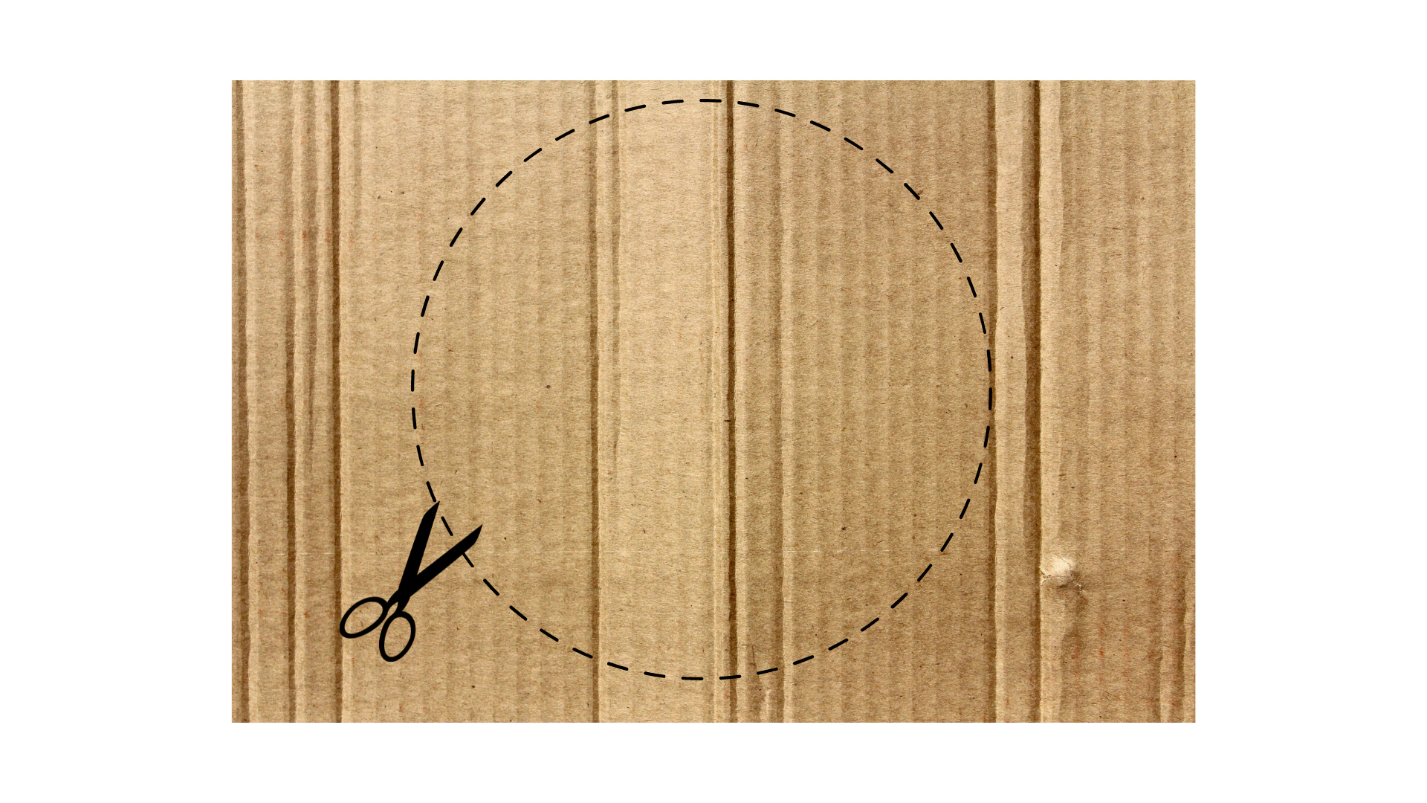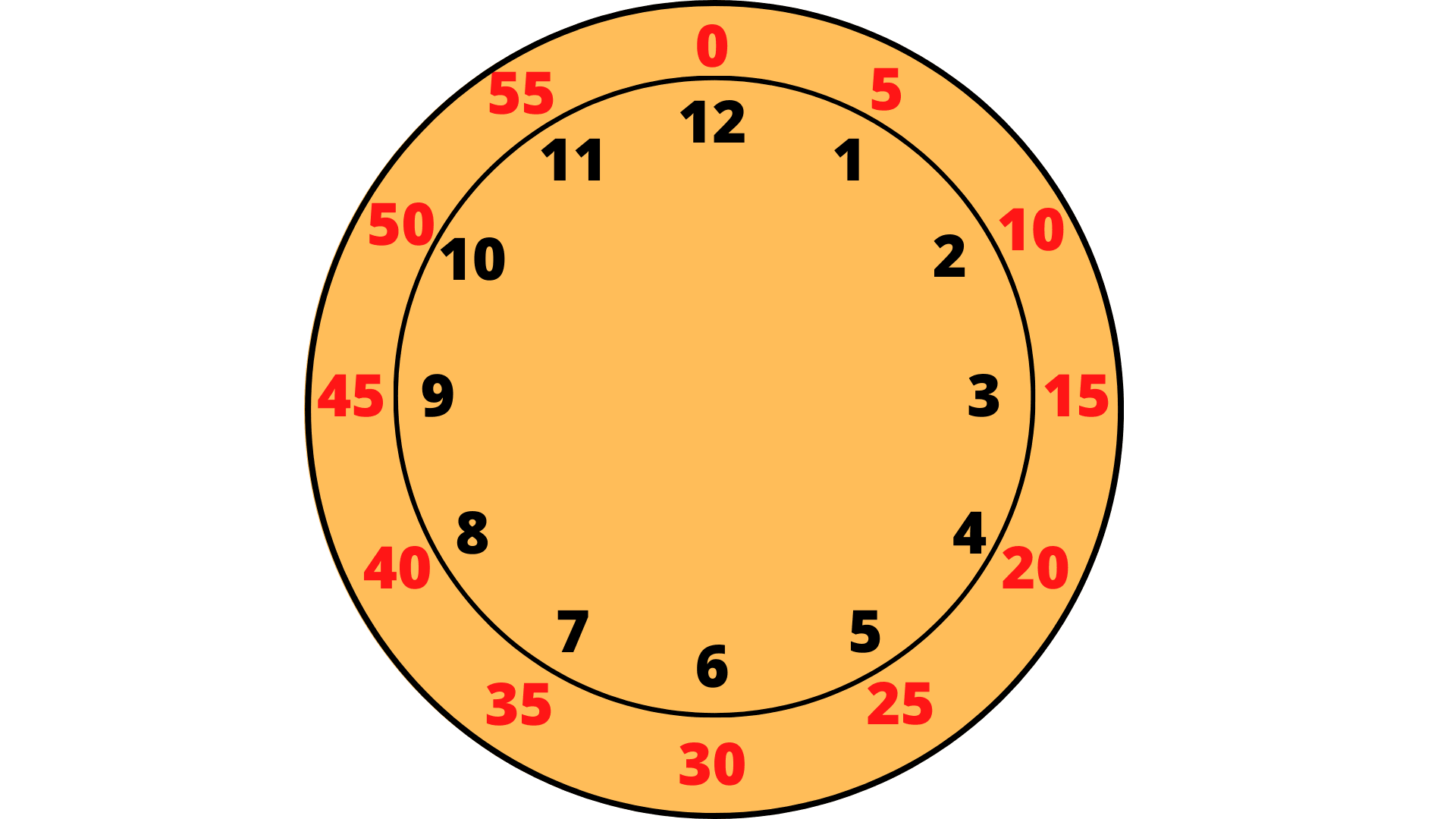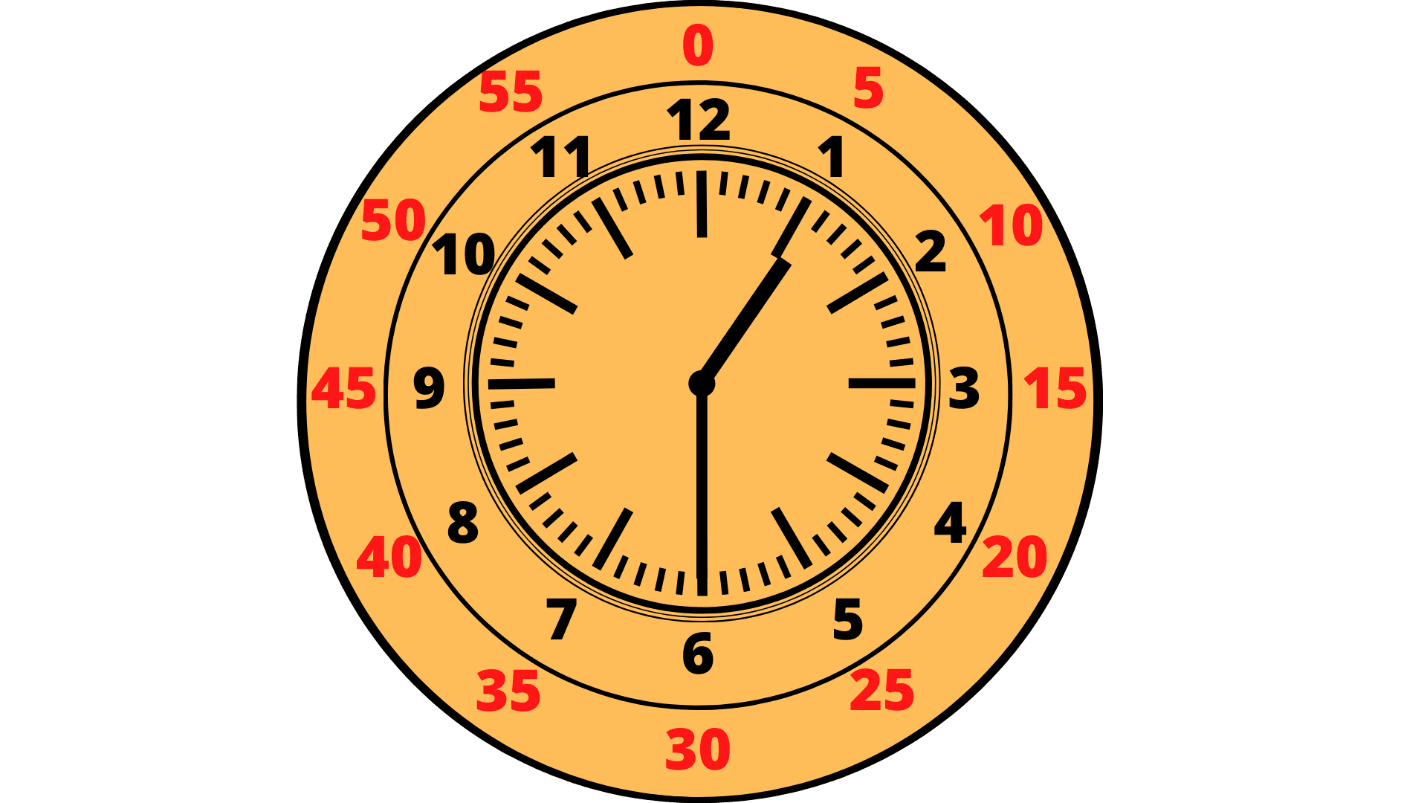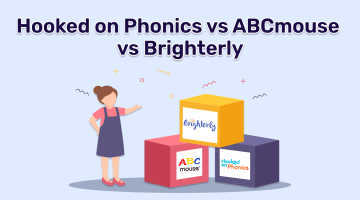Teach Your Children How to Read Time: A Comprehensive Teaching Guide
Updated on January 7, 2024
As we age, we see time as an inherent and integral component of our everyday existence. However, kids often find this idea complex. Generally, it takes children a few years to master essential time-telling skills, let alone make precise forecasts and projections. In this article, you will learn all about teaching kids how to read a clock.
When Do Kids Learn To Tell Time?
A child’s ability to tell time typically develops between the ages of six and eight as they acquire the ability to read a clock face and the concept of days, weeks, years, etc. On the other hand, if your child is ready, you may introduce the idea of time to them early.
How to Teach Kids To Tell Time?
There are many steps to the complicated process of teaching the idea of time to kids. Here, we will begin with the fundamentals of time learning for kids.
Children Should Learn To Tell Time On A Clock, Starting with Basics: Morning, Evening, Night
You have to start with the concept of time itself, not the time on the clock. Get your child used to the idea of a particular time of day and how it relates to their everyday activities:
- Morning. We wake up, brush our teeth, and have breakfast in the morning.
- Afternoon. Once we have lunch, it is afternoon.
- Evening. In the evening, the sun goes down, and we have dinner, shower, brush our teeth, and sleep.
Night. The moon goes up, and it’s time to sleep.
Math & Reading Camp
Join us to help your kid achieve
their full math and reading potential!
 Apply now
Apply now
When teaching time to kids, confirm if your youngster is developing fluency in telling time. To find out, ask them. What time is it for dinner? What time is it for bedtime? You can go on as long as your youngster reliably and accurately recalls their daily routine.
Teach Counting To 60
Before your child can tell time, you must teach them to count to sixty. For counting to sixty, various resources are available, including number lines, flashcards, math videos, music, and more. You can learn how to teach counting and number identification in our other articles on this website.
To tell the difference between minutes, hours, and seconds, they must be able to read and write numerals from 1 to 60:
- Sixty minutes makes one hour.
- There are sixty seconds in a minute.
Teach Skip Counting By Fives
Your child needs to learn to skip count after they are proficient in counting to sixty. It will help them calculate time units much faster. Skip counting means adding the same number to the previous one up to a certain point. For instance, 5, 10, 15, 20, 25, 30, 35, 40, 45, 50, 55, and 60 is an excellent example of skip counting. Kids can better understand this idea with the aid of number lines. Afterward, practice skip counting to 60:
- Use paper clips on a paper plate – divide it into 12 sections, five clips each. This paper plate will serve as a “pre-clock.”
- Group objects by five and count them.
- Draw number lines.
- Play associated digital math games.
How To Teach Time With an Analog Clock?
One of the best ways to explain a clock to child is with an analog clock. Your child can practice counting to five using a paper plate that looks like a clock; now it’s time to construct a clock out of cardboard. Take a look at these instructions to create one:
Make A Cardboard Plate
To begin, gather the following materials: a few square feet of cardboard, scissors, a dinner plate, and a pencil. Line up the dinner plate on the cardboard and make a pencil mark where it should go. Be sure to cut the cardboard plate afterward.

Number The Plate
The next step in creating the clock face is to number the plates from 1 to 12. Position these numbers about one inch before the cardboard plate’s edge to indicate hours.
Then, to indicate minutes, place fives above the following numbers: 5, 10, 15, 20, 25, 30, 35, 40, 45, 50, 55, 60.
Next, clarify the minutes by connecting the fives with vertical dashes: 1, 2, 3, 4, 11, 12, 13, 14, etc. Your clock’s face shows hours from 1 to 12 and minutes from 1 to 60 (0).

Cut Out Clock Hands
On the cardboard, sketch a minute hand and an hour hand. After that, label the “minutes” and “hours.” Next, cut out the hands.
Assemble The Clock
Use a pushpin to mark the exact center of the cardboard plate. Centre the clock’s face with two hands stacked on each other. Put the pieces together with the pushpin. Your DIY clock is now prepared to work.

How To Teach Kids To Read A Clock?
Remind your youngster that the numbers “hours” and “minutes” are represented by the length of the clock hands. Try painting the clock hands with different colors to make the differentiation stand out.
How To Read Time: Explain How To Tell Hours
The way the clock hand moves tells the time, as you can see. The long hand should be pointed towards twelve when talking about the clock. To show the hour, the little clock hand points to another number.
It’s five o’clock when a short clock hand points at five while the long one points at 12. This position shows that it’s five hours and zero minutes. At this point, it will be visually clear on the clock’s face. If the hours’ hand points at eight, and the minutes’ one points at 12, it’s eight o’clock.
Work on your ability to read a clock. Using the numbers 4, 3, 2, 1, and 12, have your youngster move the hands of the clock to indicate a particular hour.
Teaching Time On Analog Clock: Minutes
It might be difficult for children to understand that the numbers on a clock can have two meanings. For that reason, you’ll need to sketch minutes between one and sixty. The long hand indicates minutes, so make sure your kid knows that.
Next, walk them through the process, beginning with the hour position. Let it be five o’clock: the short hand points at five, while the long one points at 12, showing that it’s 5:00. Move the long hand one minute forward while keeping the hours’ hand in its place. As you move the minute’s hand one dash forward, the clock shows 5:01. It’s one minute past five, and the time moves toward six.
Get your kid to practice counting to ten. Say the time by pointing the minute hand at various numbers and having your youngster say it. After that, have them play with the minute hand and manipulate the clock to indicate various times.
Learning To Tell Time On A Clock: Half Past, Quarter Past, Quarter To
Your child will be ready to go on to more complex time concepts like half past, quarter past, quarter to, and more after they can confidently tell the time in hours and minutes.
Half Past
Just as the extended hand of a clock turns a full circle in an hour, so does the hour begin at twelve o’clock. Half an hour is indicated when the long hand reaches 6. When the clock is “half past” an hour, we are halfway to the following hour. For instance, half past five means time has moved half an hour toward six.
Quarter Past and Quarter To
Divide the clock face into four equal halves, each representing a quarter, to better illustrate the concept. These are quarters, and they divide an hour into four equal 15-minute parts.
- When the long hand on the clock points to three (15 minutes), it is a quarter past. In this case, a quarter past two indicates that the short hand is at two and the long hand is at three (15 minutes past two).
- The long hand points to nine, indicating that it is a quarter. This time implies there are just 15 minutes, or 25%, till the next hour. So “quarter to three” indicates that the hours’ hands are at three and the minutes’ hands are at 9.
How to Teach Telling Time with Books: Top Five Picks
Here are five fantastic books that teach time to kids.
Winnie the Pooh Tells Time
TV shows about Winnie the Pooh keep kids worldwide entertained, so why not study with the cute bear and his friends? As kids listen to the fun stories of Pooh and his friends, Winnie the Pooh Tells Time helps them learn what time is.
How to Tell Time: A Lift-the-Flap Guide to Telling Time
This book has a paper analog clock and an interactive puzzle to tell time. Your child will learn about time units, get practice questions to help them remember what they’ve learned, and be able to understand time through everyday tasks.
Hickory Dickory Dock
The famous kids’ song “Hickory Dickory Dock” about telling time is now in print. The scene changes to show new animals at different times shown by the clock. The book has a catchy song and bright colors to help your child learn to tell time,
Tell Time with the Very Busy Spider
Spiders are always on the move, but different animals get in the way of them making webs. When does the spider finish its work? How does it make that happen? Your child will enjoy this fun book that will teach them about time through a cute spider story.
What Does the Clock Say?
You should get What Does the Clock Say and put it in your maths library. Children can understand how to tell time better with this funny song and an exciting story.
Math & Reading Camp
Join us to help your kid achieve
their full math and reading potential!
 Apply now
Apply now
How to Tell Time for Kids: Five Comprehensive Videos
You may also include instructional movies that teach children how to tell the time, as most children learn best through visual aids. If you’re looking for a video about time telling, we’ve selected five that cover all the bases.
Learn How to Tell Time on a Clock
All the intricacies of telling time are covered in this concise seven-minute tutorial. The ideas of half past and half to, the face of the clock, and the hands of the clock are all explained. This book will take the mystery out of telling time with detailed explanations and visual aids.
Telling Time for Kids (Quarter Past, Quarter To, Half Past)
This movie uses engaging animation and descriptive voice to teach children the time using quarter past, quarter to, and half past. Defining these concepts independently or after a review of an analog clock’s fundamentals would be helpful.
How to Tell Time with a Second Hand-Learning the Clock
There are two hands on the most basic analog clock: one for hours and one for minutes. In that case, how about seconds? Learn how to read a three-hand clock with the help of this video tutorial. Additionally, it explains the difference between minutes, hours, and seconds and how to skip count.
It might be difficult for some children to distinguish between A.M. and P.M., but this video can help. This guide begins in the morning and links children’s activities to the different time units. Take Kate’s wake-up time as an example; it’s 8:45.
Telling Time for Kids – Both Analog and Digital Clock
Since digital clocks are more often used in day-to-day activities, you should switch to using one after your child is familiar with the analog one. By following this tutorial, your child will quickly become an expert at telling time using analog and digital clocks.
Brighterly’s Tutors Explain Time Telling to Children
The process of telling time is much more involved than you may imagine. You have come to the correct spot if your child could benefit from learning time from trained mathematicians. At Brighterly, you can order a math course to teach your kid math to the highest standards.
Time telling is one of the many common core math standards covered in Brighterly’s math courses for kids. Enroll your kid in the appropriate grade, and then sit back and relax. The tutors will help your kid calculate and adequately read the time on digital and analog clocks based on their grade and arithmetic abilities.
Conclusion
Teaching a child to tell time should be simple if you are acquainted with analog and digital clocks. Before teaching a youngster about time, they must be able to count to 60 and skip count. But if you’d rather not waste time teaching your kid maths on your own and instead have them learn it from experts, you can get a maths course that covers everything, including telling the time.












